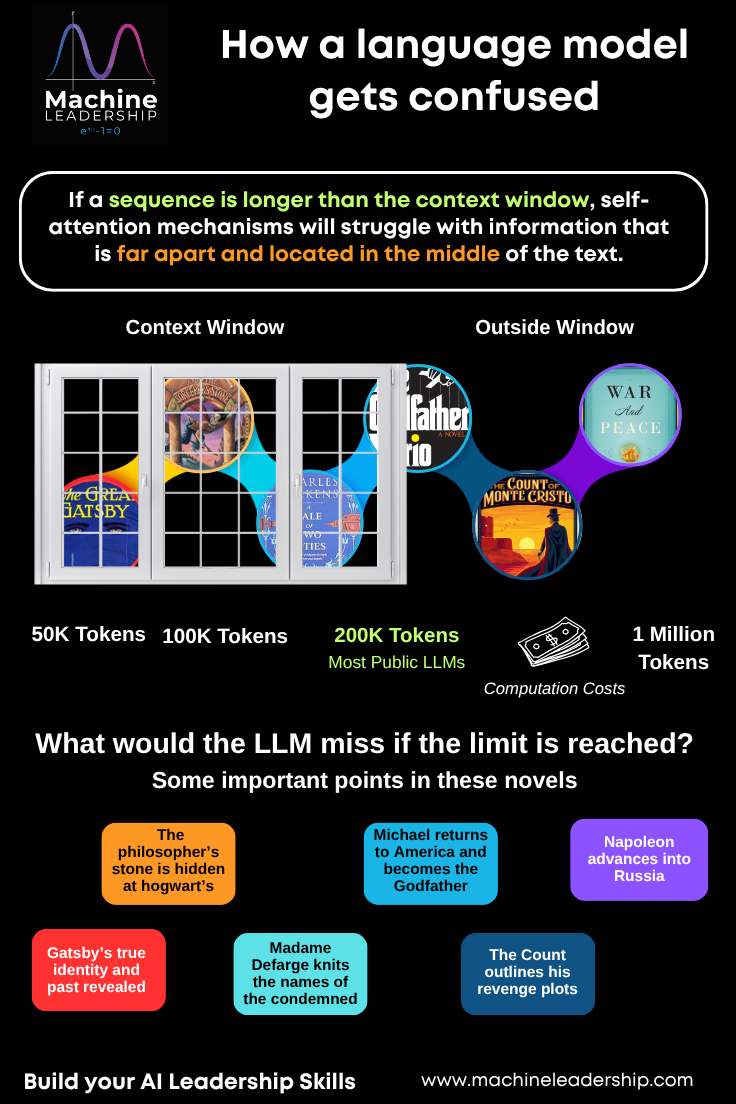How CEOs can improve AI adoption by sponsoring Domain-Adapted LLMs
- Dr. David Swanagon

- Aug 17
- 3 min read
Is your company struggling with AI adoption? A likely cause is that the trust and AI competencies of your non-engineering workforce is low. A great way to solve this problem is to embed non-technical employees into the engineering process, using a company sponsored initiative that capitalizes on the holistic knowledge of the entire workforce. This process requires the leadership of both the CIO and CHRO, with each respective organization working together to unlock the benefits of the project.
AI Adoption is driven by the trust and the skills of the workforce. This can only be achieved when the CIO and CHRO organizations work together.
CEOs can encourage this process by sponsoring Domain-Adapted LLM initiatives. This process involves taking a pre-trained model such as Llama or Mistral and optimizing the output based on enterprise relevant data. A useful analogy is found in baseball. A utility 'Jack of all trades' infielder versus a middle innings relief pitcher. In the world of LLMs, Llama would be the general purpose utility infielder, while the Domain-Adapted LLM would be the middle innings relief pitcher. Though both players serve an important purpose, the benefit of the Domain-Adapted LLM is that it focuses on a narrowly defined task.

A Domain-Adapted LLM initiative helps drive AI adoption in many ways. First, the process requires the input from non-technical stakeholders. These models utilize custom tokenizers to break down text and RAGs to retrieve information. Non-technical stakeholders validate the outputs using their ‘domain-specific’ knowledge. For example, a Sales Account Manager will understand the dynamics influencing customer decisions during pitch meetings. This includes process steps, proof of concept tools, sales jargon, and follow-up standards. Llama/GTP4-Turbo will not understand these nuances, nor will the AI/ML engineers.
By involving the Sales Account Manager, the Domain-Adapted model trains on highly specialized data ('insights'), which leads to more accurate output. Likewise, non-technical stakeholders develop trust in the model due to their involvement. This leads to higher AI adoption across the enterprise. Common tasks that non-engineers perform include identifying quality data sources, labeling data to match specific categories, participating in prompt engineering simulations, and offering sample ‘high quality’ responses that the model can learn from. This includes using specific language from the industry.
Second, The Total Cost of Ownership (TCO) is significantly lower for these models. A study by Sharma et al. (2024) found that Domain-Adapted models decreased TCO between 90-95% for chip-design coding assistance projects. The reasons are not surprising. Domain-Adapted models have significantly fewer parameters (e.g., 10 billion vs 70 billion) versus general purpose models. This results in fewer GPUs, faster response times, and lower infrastructure and operating expenditures. Due to this, the CEO can redirect IT expenditures towards change management and learning programs. By investing a portion of the money saved in infrastructure costs in learning courses, the CEO can build AI skills across the entire workforce. Over time, this approach will lead to a more digitally driven culture.
For AI leaders, it’s important to evaluate the bigger picture before relying exclusively on general purpose models such as Claude 3 or GPT4-Turbo. Those are excellent platforms. However, their design does not encourage AI Adoption in the same collaborative way as Domain-Adapted LLM models. In the age of AI, CEOs must find ways to integrate non-technical employees into the engineering process. This means sponsoring initiatives that require the CIO and CHRO organizations to work together. Over time, this approach will improve trust and build AI skills in a transformative manner. Non-engineers will understand the design of AI models, while engineers will develop stakeholder management abilities.
Domain adapted LLMs are a pathway for integrating machines into the workplace in a manner that improves accuracy, lowers costs, and builds AI skills.
Citation:
Sharma, A., Ene, T. D., Kunal, K., Liu, M., Hasan, Z., & Ren, H. (2024, June). Assessing economic viability: A comparative analysis of total cost of ownership for domain-adapted large language models versus state-of-the-art counterparts in chip design coding assistance. In 2024 IEEE LLM Aided Design Workshop (LAD) (pp. 1-6). IEEE.
Follow article on LinkedIn: Go to LinkedIn



Comments